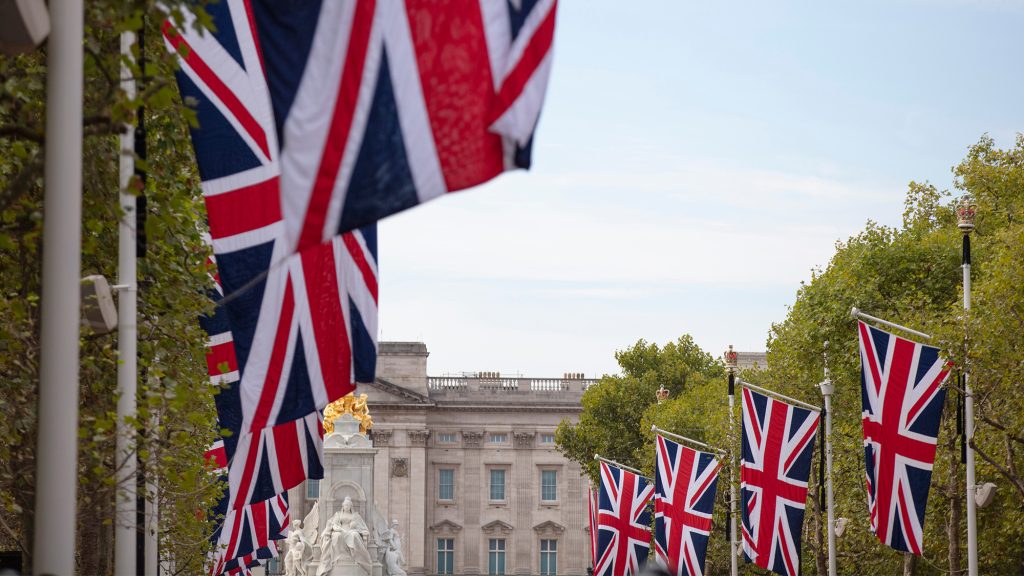In the 21st century, we’ve seen brewers include all sorts of weird ingredients in their beers. If the invention of pastry stouts seemed controversial in the 2010s, consider the fact that we’ve seen everything from squid ink and bull testicles to roasted goat brains and cold hard cash make unexpected appearances in modern brews.
But including bizarre ingredients in beer isn’t a modern phenomenon at all. Even before the dawn of the IPA, British brewers created an ale recipe that would make Bavarian beer purists roll over in their graves. Said beer is the aptly named “Cock Ale,” which, according to the Oxford English Dictionary (OED), is “a type of ale flavoured with fruit, spices, and the boiled meat of a cockerel or rooster.”
That’s right. Chicken beer was a thing all the way in the 1600s, popular among the bourgeoisie and British royalty, and said to have medicinal and aphrodisiacal properties. But where did this strange brew come from? And why has it largely remained a relic of the past despite the experimental tendencies of today’s brewers?
The Origins of ‘Cock Ale’
The earliest known written evidence of cock ale dates back to a line from the 1624 play “The Duchess of Suffolk” by English playwright Thomas Drue. In one scene, two tilers are on a job when one suggests that they finish their work quickly so they can go out and drink. His colleague then replies, “Whope, why the Cocke ale has spurd thee already.”
In this text, it appears that “Cocke ale” is referring to a specific pub’s beer rather than an actual “cock ale.” After convincing his colleague to ditch their work for the day, the first tiler says that they should go “to the Cocke [and see] if his ale will make a man crow.”
Four decades later, the first written references of cock ale as a specific beverage began to appear. According to an article published in the history publication “The Recipes Project,” there are several mentions of cock ale in various texts from the 1660s, with some expressing skepticism as to whether or not the ale actually contains chicken.
It wasn’t until 1669 that a bona fide recipe for the infamous brew appeared in print. That year, English courtier and diplomat Kenelm Digby released a cookbook entitled “The Closet of Sir Kenelm Digby Knight Opened,” which includes a step-by-step cock ale recipe:
Take eight Gallons of Ale; take a Cock and boil him well; then take four pounds of Raisins of the Sun well stoned, two or three Nutmegs, three or four flakes of Mace, half a pound of Dates; beat these all in a Mortar, and put to them two quarts of the best Sack; and when the Ale hath done working, put these in, and stop it close six or seven days, and then bottle it, and a month after you may drink it.
(Sack is an antiquated term for fortified white wines produced in Spain and the Canary Islands.)
The strange slurry likely gained popularity during the 17th and 18th centuries, as several similar recipes for cock ale were published over the following 58 years, including one in writer Eliza Smith’s acclaimed cookbook “The Compleat Housewife.” Unlike Digby’s original recipe, Smith calls for placing the Sack, chicken, spices, and fruit in a canvas bag before putting them in the ale, presumably to yield a product that doesn’t have clumps of chicken and cloves floating around in it.
A ‘Provocative’ Brew
As bizarre as the recipes read, cock ale was reportedly beloved by British royalty. According to a 1703 biography of King William III of England, the late king preferred “Cock-Ale before any Wine.”
The fact that the drink carried alleged medicinal and aphrodisiacal qualities likely only boosted its popularity. In 1723, British politician and chef John Nott included a recipe for cock ale in his book “Cooks and Confectioner’s Dictionary” that claims the beverage “is good against a Consumption, and to restore decay’d Nature.” Two years later, the 1725 “New Canting Dictionary,” defined cock ale as a “pleasant Drink, said to be provocative.” This definition appears again verbatim in English philologist and lexicographer Nathan Bailey’s 1736 “Dictionarium Britannicum.”
From Commodity to Novelty
Despite its supposed benefits and pleasant flavor, reports of cock ale became less common by the second half of the 18th century. Concurrently, this period saw the earliest mentions of the term “Cock-tail” being applied to mixed drinks in Britain and its American colonies. Although its exact origins remain a mystery, some have theorized that the term was inspired by “cock ale” due to their phonetic similarities and multi-ingredient builds.
But just as “Cock-tail” was entering the zeitgeist, “cock ale” was on its way out. In the late 19th century, several texts refer to the concoction as a thing of the past. For instance, in the second volume of British lexicographer John Stephen Farmer’s 1891 tome “Slang and Its Analogues Past and Present,” cock ale is described as both “a homely aphrodisiac” and “a sort of ale which was very celebrated in the seventeenth century for its superior quality.”
Roughly 90 years later, President Jimmy Carter legalized home brewing in the U.S., and a few books containing recipes for cock ale hit the market, including Charlie Papazian’s famous “The Complete Joy of Home Brewing.” However, no modern, commercial examples of the experimental ale have ever been produced. Since the dawn of the internet, various homebrewers have shared their attempts at making batches of cock ale on forums and YouTube, but the beverage has remained something of a historic novelty. Given that cock ale recipes are relatively labor- and ingredient-intensive, the juice probably just isn’t worth the squeeze.
*Image retrieved from ink drop via stock.adobe.com
The article Cock Ale: The ‘Provocative’ 17th-Century Beer Enjoyed by British Royalty appeared first on VinePair.
